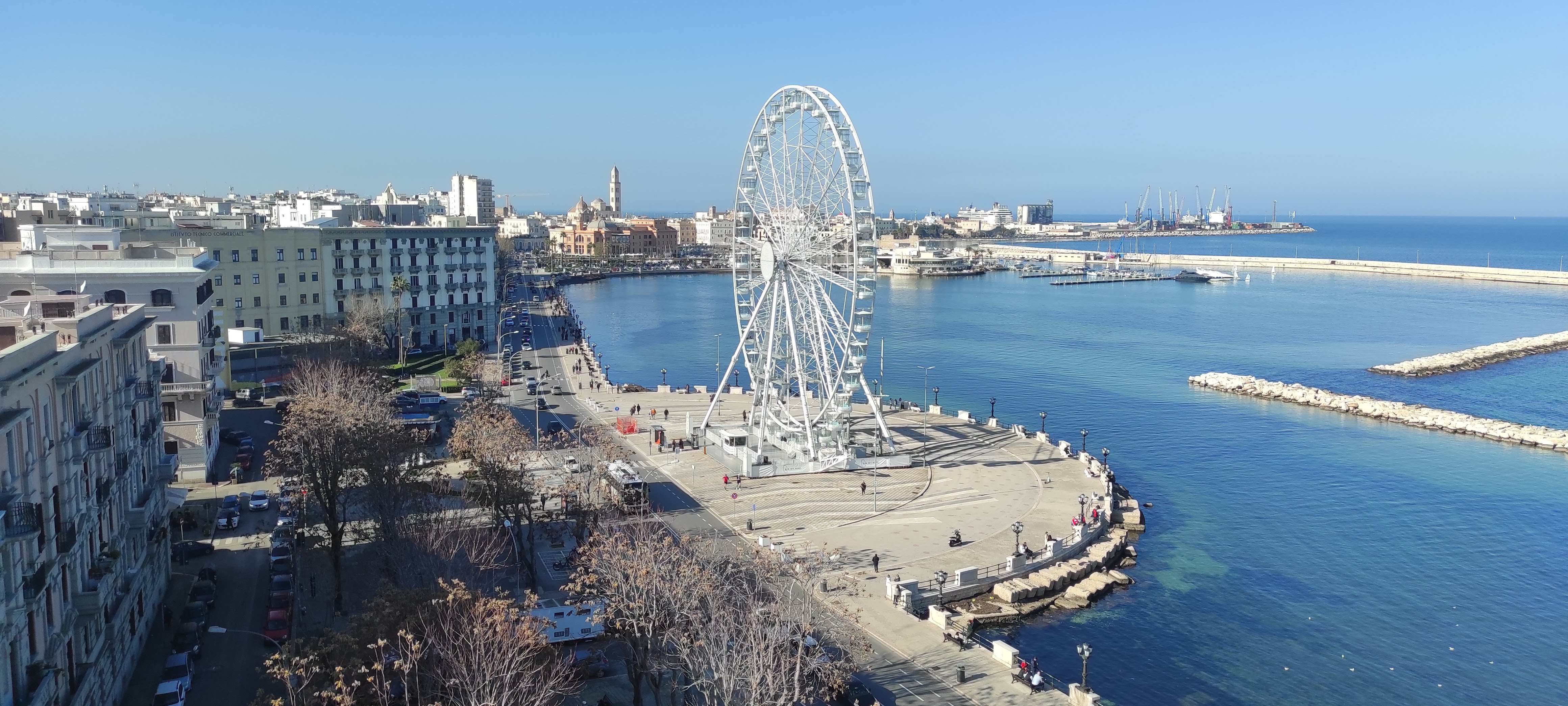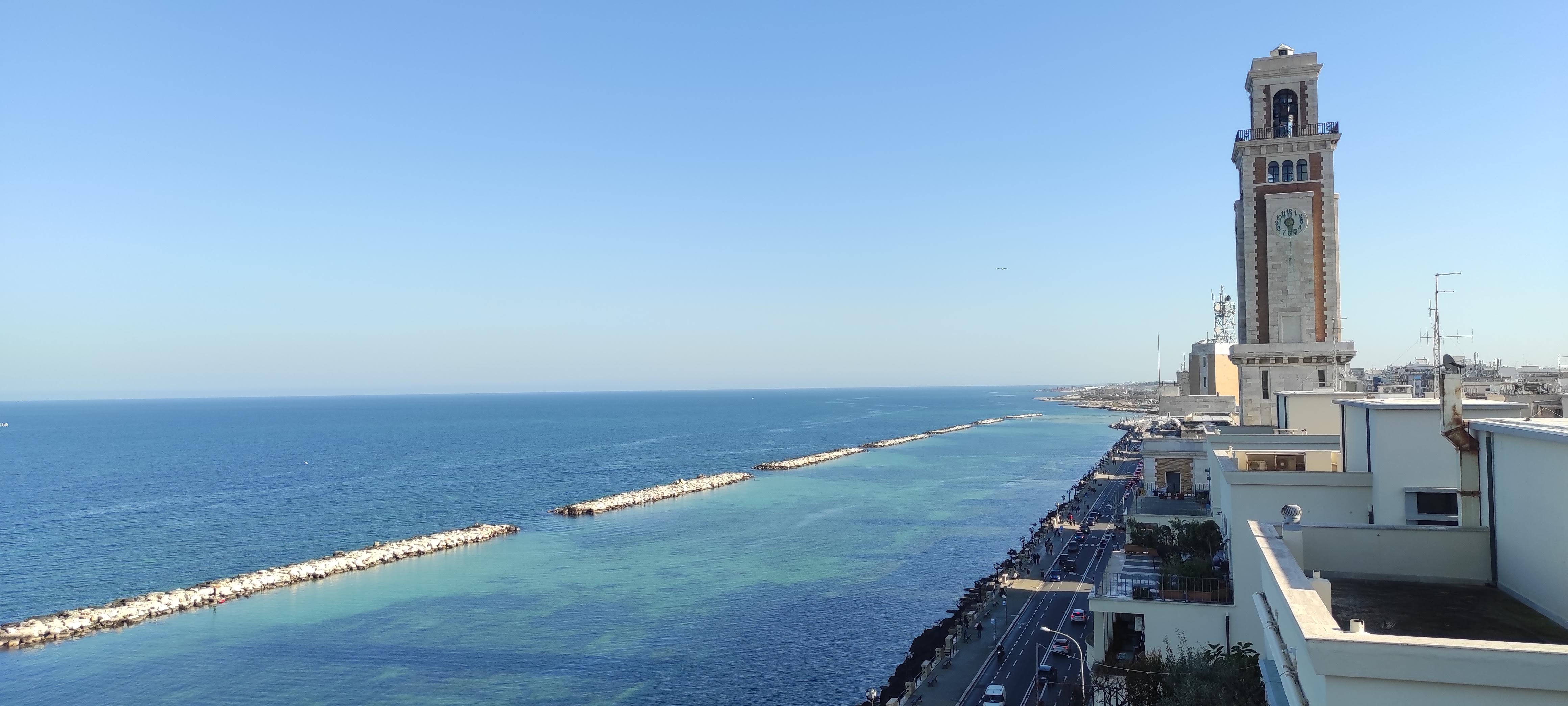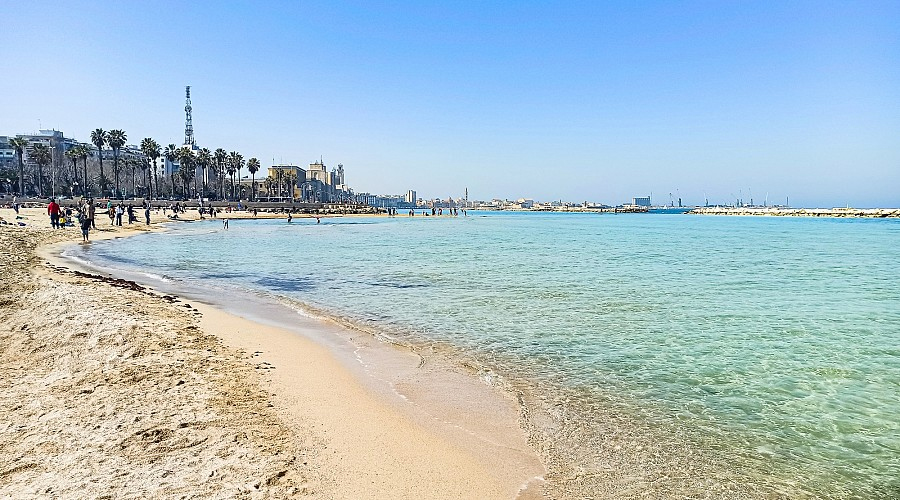
About Bari
-
How to get Bari
Bari is served by Bari Karol Wojtyla Airport (Aeroporti di Puglia - Bari - Puglia Airbus), located about 5 miles northwest of the city center. There are direct flights to Bari from several major cities in Europe.
Bari is connected to the Italian rail network. The central train station is Bari Centrale. You can check schedule and book tickets on the website of the Italian state rail company, Trenitalia.
Bari can be reached via the A14 motorway, which connects the city to other parts of Italy. Driving from Rome, you can take the A24 and A25 highways to get to the A14. From the A14, you can take the Bari Nord or Bari Sud exits to reach the city.
The time in Italy is Central European Time (Summer Time GMT +1).
The Polytechnic University of Bari is located in the San Pasquale district, about 1 mile southwest of the city center.
-
History of Bari
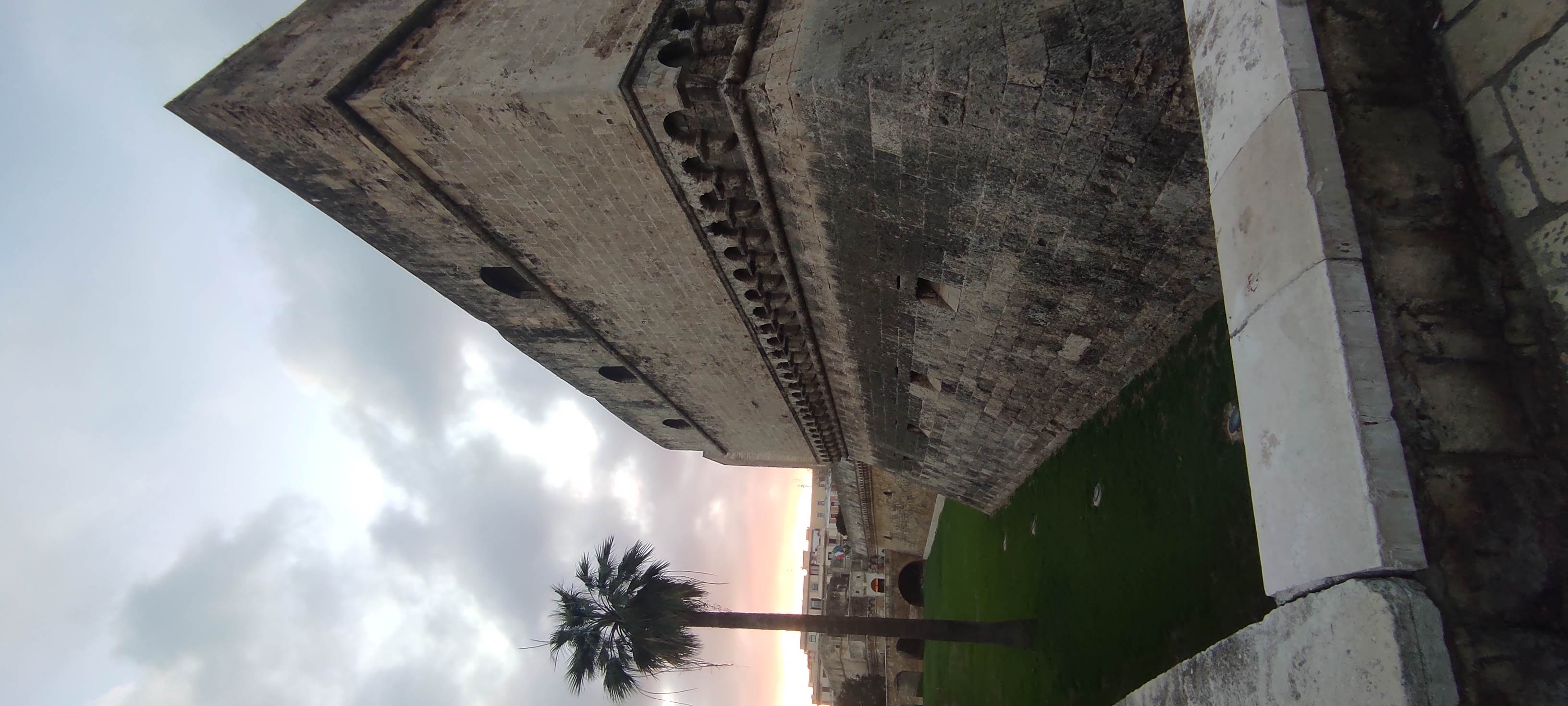
Bari embodies three distinct identities: the historic “Bari Vecchia”, the 19th century Murat-era district with Fascist-era additions, and the postwar city shaped by the economic boom. Since becoming the heart of the Metropolitan City of Bari in 2015, it has experienced a revival, attracting both locals and tourists, particularly cruise visitors. The basilica of Saint Nicholas stands as a symbol of connection, uniting East and West, history and modernity. Despite past neglect, Bari has rediscovered its cultural roots, with the sea as a central element in its history. Today, redevelopment efforts aim to integrate the old and new parts of the city, with Bari Vecchia envisioned as a vibrant core linking Europe, the Adriatic, and the Mediterranean.
Bari's history spans over 4,000 years, with evidence from the Bronze Age and Roman times, though its early Christian period remains elusive. Under Byzantine rule, it became a key center before falling to the Lombards and later becoming a Saracen emirate (847–871). In 1071, the Normans captured Bari, establishing its role as a bridge between East and West. However, under the Angevins, Bari declined as Naples rose to prominence as the southern kingdom's capital.
The Renaissance brought a brief resurgence under the Sforza family, but economic struggles persisted until the 18th century. After siding with the French in 1799, Bari became the provincial capital in 1806. Its modern transformation began in 1813 with the “Borgo Murattiano”, designed during Murat’s rule to expand beyond the medieval walls. This district introduced modern urban planning and remains Bari’s commercial hub, with Corso Vittorio Emanuele connecting it to the historic Bari Vecchia.
Credits: Bari Tourist Map Guide - courtesy of Mario Adda Editore - Bari.
-
Public transport
Amtab S.p.A. regulates the urban public transport for the City of Bari. Amtab - Transportation Services (TPL) (you can find here the list of the routes, the places reached and the timetables of all buses)
+39 080 5343333
Please dowloand itTaxi app to find your taxi. itTaxi on Google Play and App Store. -
Weather & clothing
August, is an hot month in Bari with an average temperature ranging between min 20°C to max 30°C. The sea is at its warmest at 25.5°C (77.9°F), proving idyllic for seaside activities. The rainfall registers at 17mm (0.67"), remarkably low and limited to 7.4 days, making it one of the driest months of the year. The daylight marginally decreases but still ensures an enjoyable 13.8 hours of sunlight. Although the UV index stays at 7, the need for protection against sunburn remains paramount.
What to wear in Bari in August? Lightweight, breathable fabrics during the day and a layer for cooler evenings ensure comfort and style. In general, it's advisable to pack light, breathable clothing, as well as hats, sunglasses and high-SPF sunscreen.
-
Currency & banks - Electricity
The Italian currency is the euro (€). There are numerous automatic 24-hour service cash dispensers in the city. Exchange counter can be found at the airport. Major credit cards are widely accepted in hotels, restaurants, and stores.
Banks are opened from Monday to Friday:
h 8.20 am – 1.20 pm
h 2.30 pm – 4.30 pmElectrical current in Italy is 220 volts, 50-cycle AC. Italian outlets take only round-prong plugs.

Appliances designed to operate on 110/120 volts need a voltage converter and a plug adapter.
-
Visa regulation to enter in Italy
All non-Italian nationals entering Italy must provide valid travel documentation. Delegates who hold neither an EU passport nor a Schengen visa should check as soon as possible the Italian Ministry of Foreign Affairs’ website to see if they require a Visa to enter Italy, as visa applications can take as long as 120 days. Visa regulations depend on your nationality and country of origin (visit https://vistoperitalia.esteri.it/home/en for more information). For the most updated information regarding visa requirements, we suggest you contact your local consulate for full and official instructions on the specific visa regulations and application procedures that apply to you.
If a visa is required, delegates should apply to the Italian Diplomatic and Consular Representations in their country of residence with the documents outlined on the Ministry of Foreign Affairs’ website. An invitation letter to the Congress may be requested writing to Massimo Trotta explicitly indicating the visa request in the object of the email.
Please note that the visa guarantee letter will only be available to participants who have paid their reservation registration fee.
Presentation of the requested documentation does not guarantee that the visa will be issued.
Please note that ESP and the organizing committee will not be able to contact or intervene with any Embassy or Consulate office on behalf of a registrant. The invitation letter does not financially or legally obligate ESP and the organizing committee in any way. All expenses incurred in relation to the event and to obtaining a visa are the sole responsibility of the registrant. ESP and the organizing committee do not accept any responsibility for registration, travel, accommodation and/or other costs incurred due to the rejection of a registrant’s visa application.
-
Shopping & food
Bari is a modern metropolis dominated by the rhythms of work, especially those of commerce, its main source of wealth. Due to its “vocation” for commerce, in Bari there are many shops and stores of every kind.
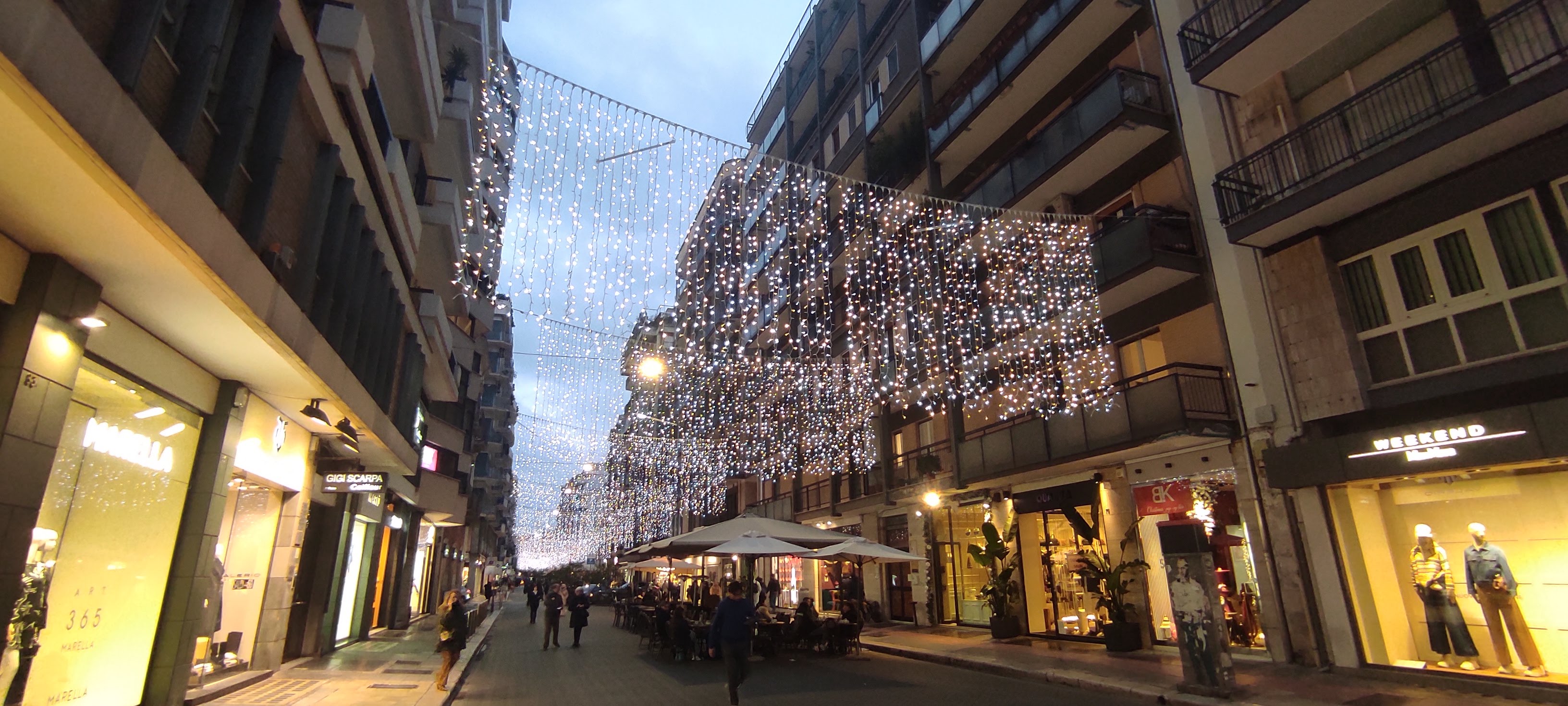

The traditional cooking of Apulia owes its success to the most basic products of the region: durum wheat, tomatoes, olive oil, wine, fish and meat. Each of these staple ingredients is at the basis of numbers of dishes which make the local cuisine so varied.
The scent of the land and the sea boasts in those recipes that only in the Apulian cuisine are expressed in all its delicacies. The Gargano and the Murgia bread, the hard wheat pastas, the local grown vegetables, grapes and cherries, the extra virgin olive oil and almond sweets. All of this should be washed down with our famous local wines.

